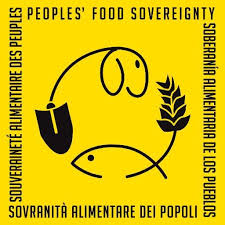Putting agriculture on the takeoff trajectory: Nurturing the seeds of growth in Bihar, India
The Green Revolution bypassed the state in its first wave in the 1960s and 1970s. Subsequently, during a short interval in the late 1980s and early 1990s, the agricultural growth rate reached almost 3 percent per year, one of the highest in the country, though over a smaller base. Even this modest growth was short-lived, and stagnation has set in again. This report explores why.



